Life
A Choose-Your-Own Adventure Brownie Experience
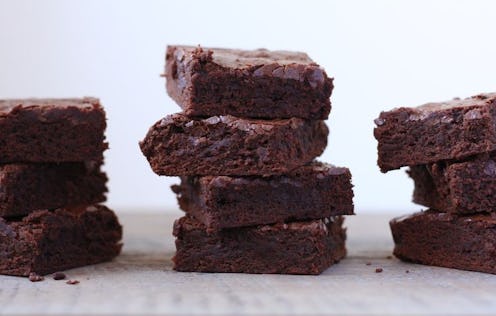
We should all have a solid command of the ABCs of baking. Thankfully, Food52's Test Kitchen Manager Erin McDowell is here, with tips and tricks to help you master the most essential desserts and the simplest breads.
Today: Whether you prefer your brownies cakey, fudgy, or somewhere in between, here's how to make a batch that'll be exactly what you're looking for.
It’s a question that has plagued many throughout time and that has sparked lively debates around kitchen tables and picnic blankets nationwide. It’s stopped bake sales, potlucks, and after-school snacking dead in its tracks.
Are you a cakey brownie person or a fudgy brownie person?
The answer is seemingly simple, but it changes everything.
Brownies have always been one of my most trying kitchen experiments, and for good reason: They are so simple, and simple things can sometimes be the hardest to nail 100 percent. A particularly incredible home cook and baker (who shall not be named) would never give me her favorite brownie recipe, which in my mind, was absolute perfection. Years later I discovered that it was because brownies were the one thing she still made from a boxed mix!
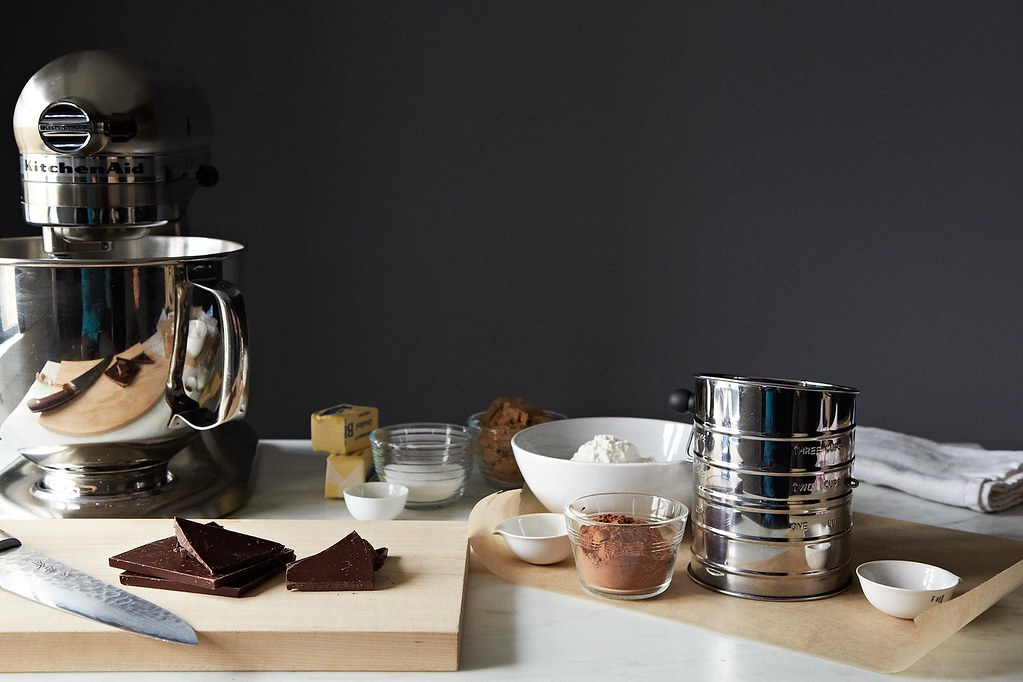
<img width="1024" alt="" src="https://farm6.staticflickr.com/5523/11312112205_fb401756e5_b.jpg" class="article-body-image"/>
Brownies can be especially difficult to make perfectly because everyone has a personal favorite: cakey with nuts, crumbly without, fudgy with chocolate chunks, soft and gooey with frosting, and so on. Everyone knows brownies are easy — a one-bowl wonder that requires no mixer and only enough patience to wait for them to bake and cool a little before eating. But let’s break it down so you can finally find your own go-to recipe (and love it forever and ever).
Warning: The recipe included in this article is for a fudgy brownie — but the material in this article will detail all kinds of brownies and their ingredients. But cakey brownie lovers beware, you’ll have to find your recipe elsewhere.
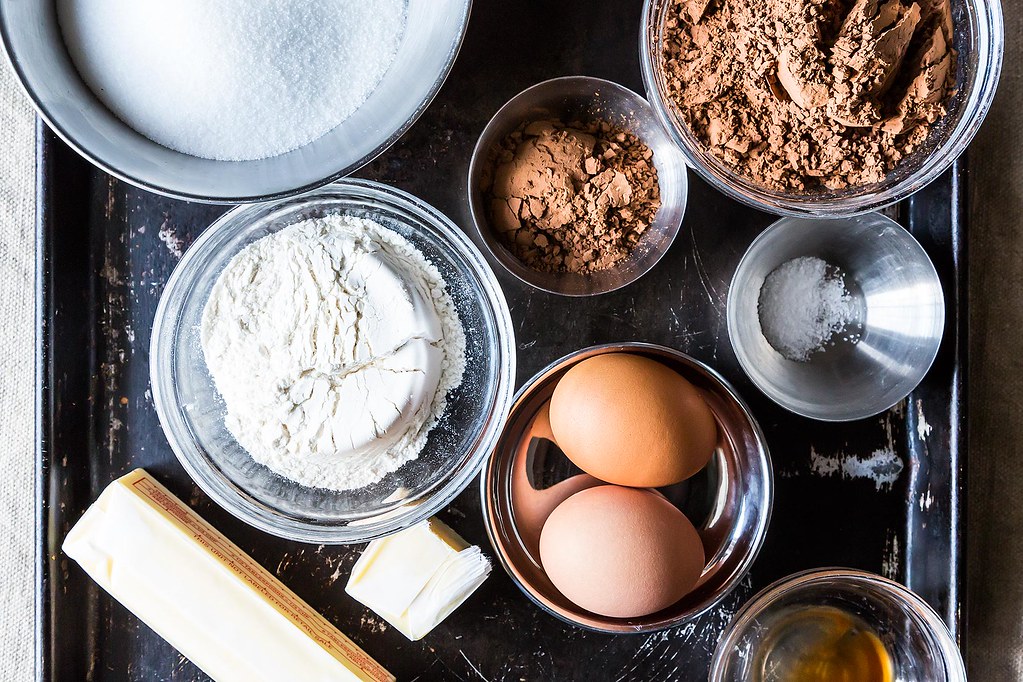
<img width="1024" alt="" src="https://farm9.staticflickr.com/8093/8499142458_347a72cf4c_b.jpg" class="article-body-image"/>
How will you achieve an end result you're happy with? First off, know what kind of brownie you’re looking for. Are you hoping for a cakey version with a moist, tender crumb? Are you looking for a gooey, fudgy brownie? Do you desire a crackly top and a chewy interior? All of these questions directly affect your ingredient list, your baking time, and so on. For the purposes of this article, we’ll address these three categories as above: cakey, fudgy, and chewy.
Know your ingredients. All brownie recipes are made up of the same basic ingredients: flour, fat, chocolate (solid chocolate or cocoa powder), sugar, and eggs. Which ingredients are used and in what quantity makes a huge difference in the finished product. Here's what to consider:
1. Flour
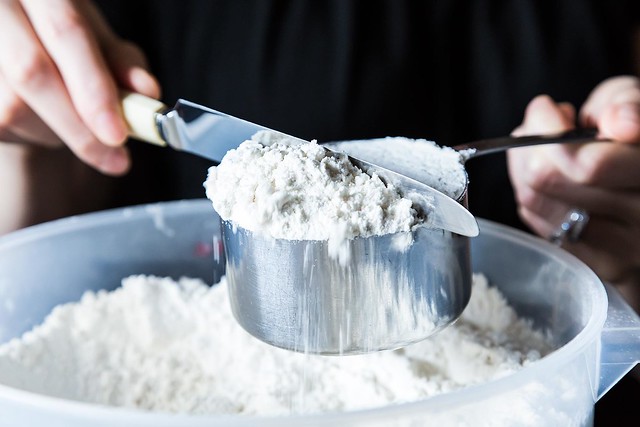
<img width="753" alt="" src="https://farm9.staticflickr.com/8501/8381949598_9de9f72a48_z.jpg" class="article-body-image"/>
In some ways, the effect of flour on the outcome of the brownie is the easiest concept to grasp: The less flour in the recipe, the denser and fudgier the brownie will be (and this is particularly true when the brownie uses a large quantity of melted chocolate as the base). The more flour in the recipe, the cakier the brownie. It should also be noted that despite the desire for brownies to be tender and moist, cake flour (which is lowest in protein, and thus often produces the most tender baked goods) isn’t the best flour to use for brownies. The cornstarch in the flour can negatively affect the final texture, and the resulting crumb structure is often too delicate to have any kind of “chew” at all. Stick to all-purpose flour unless a specific recipe suggests vehemently otherwise.
2. Fat
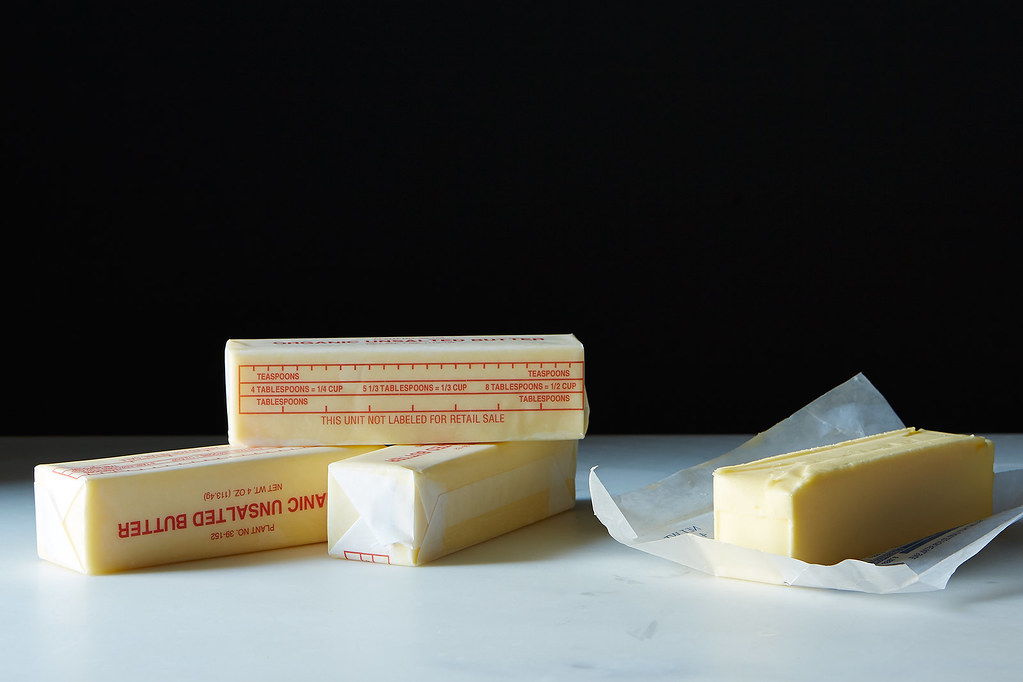
<img width="1024" alt="" src="https://farm4.staticflickr.com/3717/14284958736_f995a1e3c1_b.jpg" class="article-body-image"/>
Basically, we’re talking about oil or butter here. Both will tenderize the product by providing fat content (fat coats the protein strands created during mixing, which helps to prevent clumping and to create a smooth batter). Butter is the more flavorful choice, but it should be noted that butter contains milk solids and lactic acid, which react during leavening (particularly when a chemical leavener like baking powder is added) to aerate the batter, helping it rise. Essentially, this means that butter can help to produce a cakier brownie. Oil is neutral, which allows the chocolate flavor to shine. It also doesn’t noticeably contribute to aeration, so it is often used in fudgy brownie recipes. If a brownie recipe doesn’t include a chemical leavener, you can pretty much use butter and oil interchangeably without majorly different results. I like to use a blend of the two: some oil for tenderness, some butter for flavor.
More: Alice Medrich's Best Cocoa Brownies use no chemical leaveners (and plenty of butter).
3. Chocolate
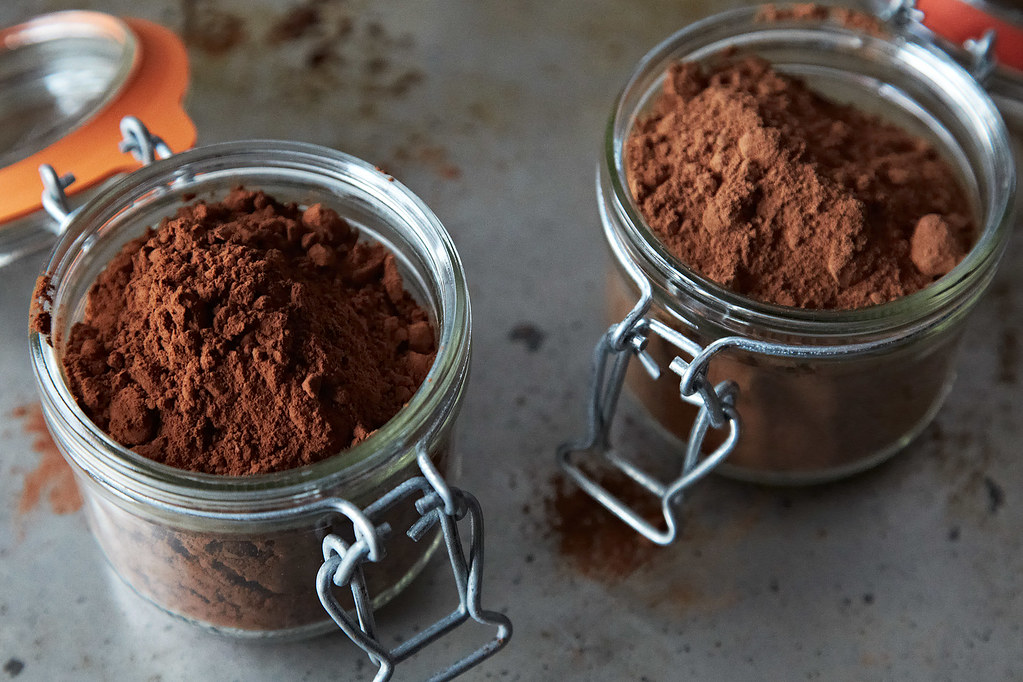
<img width="1024" alt="" src="https://farm6.staticflickr.com/5534/11787326625_f965a808ef_b.jpg" class="article-body-image"/>
This could be solid chocolate that is melted, dry cocoa powder, or a combination of the two. In general, fudgy brownies are made with melted chocolate, cakey brownies are made with cocoa powder, and chewy brownies can be either or, more likely, a combination (with more melted chocolate, and just a small amount of cocoa powder for deeper flavor). It’s important to remember that the type of chocolate contributes heavily to the final texture. Melted chocolate is liquid and provides moisture and gooeyness. Cocoa powder is dry and acts like flour (most recipes that use a lot of it cut down on flour to prevent the end product from becoming too dry). That's why cocoa often means cakey brownies, as these have more flour than fudgy or chewy brownies. However, cocoa powder can be used to make chewy or even fudgy brownies brownies so long as enough moisture is added elsewhere to keep the dry to liquid ratio in line.
4. Sugar
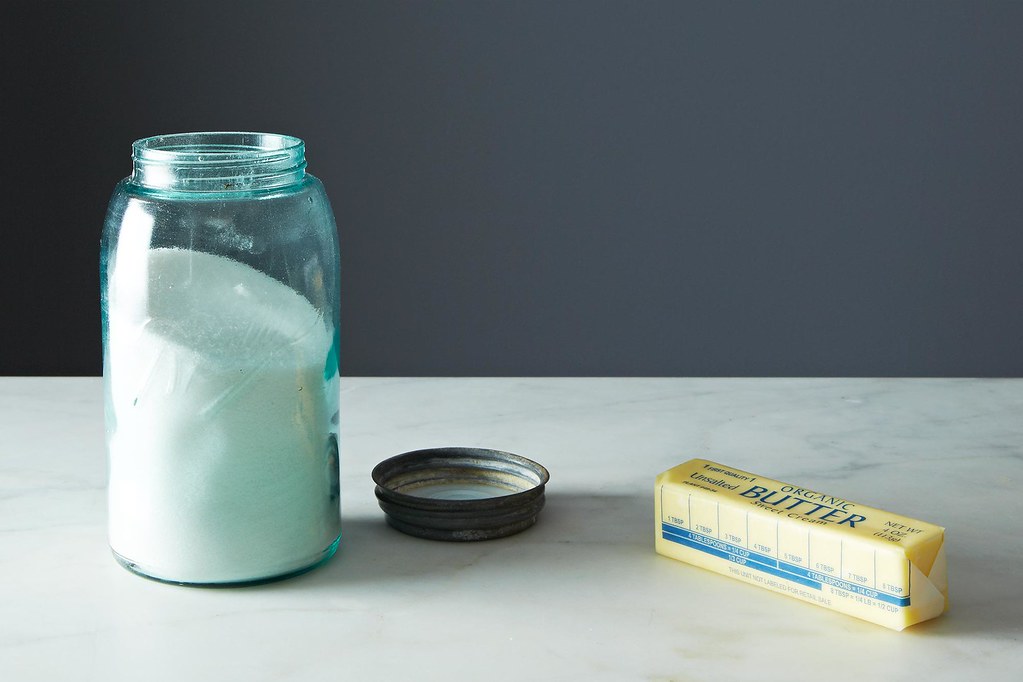
<img width="1024" alt="" src="https://farm3.staticflickr.com/2872/12954528493_5e1fb9223c_b.jpg" class="article-body-image"/>
All brownies contain sugar, and the only real variance is that brownies made with high quantities of unsweetened chocolate and/or cocoa powder need more sugar than brownies made with bittersweet, semisweet, or milk chocolate. It’s also important to remember that sugar plays the role of "liquifier" in baking — higher ratios of sugar can mean a softer, more tender interior. Also note that, just like many of your favorite chewy cookies, brown sugar can play an important role in texture. Using a portion of brown sugar in the recipe can help create a moist, chewier texture in the finished brownies.
5. Eggs
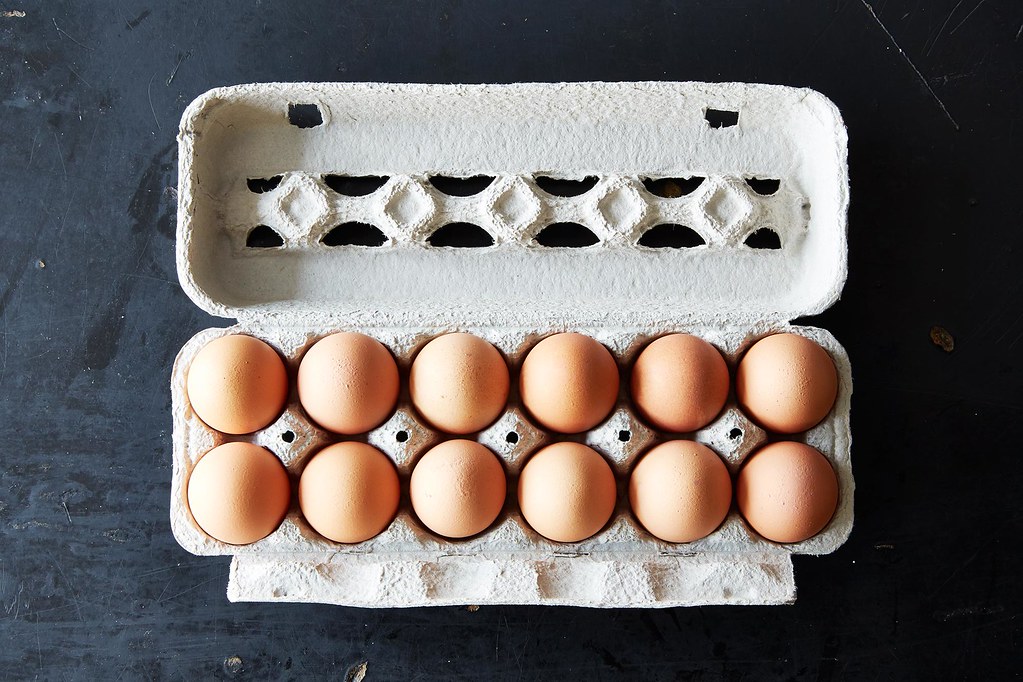
<img width="1024" alt="" src="https://farm8.staticflickr.com/7408/13914321937_8f2f4cb0d4_b.jpg" class="article-body-image" title="Image: https://farm8.staticflickr.com/7408/13914321937_8f2f4cb0d4_b.jpg"/>
Because eggs are generally the only leavener in fudgy (and often chewy) brownies, they contribute greatly to the final texture. Fudgy brownies have the highest ratio of egg in the batter, and for supremely fudgy brownies, I suggest using only egg yolks (or a higher ratio of egg yolks to whole eggs). A slightly smaller amount of whole eggs is common for chewy brownies, while cakey brownies use chemical leaveners in addition to eggs to produce a cakier crumb.
Now that you've got all of your ingredients in place, here's how to turn them into brownies:
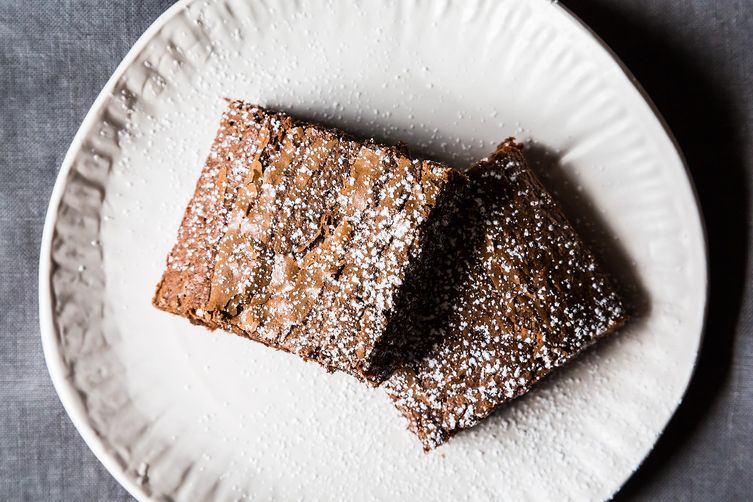
1. Prep your pan.
I’m normally a big advocate of glass baking pans. They conduct heat evenly, they are light in color (a.k.a. clear), which means they don’t contribute to over-browning at the base, and you can see what’s happening inside the pan throughout baking. However, after baking many batches of brownies, I’ve learned that the type of pan isn’t as important as the baking time. So if you only have a metal pan, don’t rush out to buy a glass one, and if you adore your ceramic baking dish, that’s cool, too. Just remember, darker, metal baking pans should never go on the bottom rack — keep it towards the middle, or even the upper third — of the oven. Ceramic or enamel pans are great, but can bake somewhat unevenly; just remember to begin checking your brownies for doneness earlier than the recipe suggests (I would recommend a full 10 minutes early and then again 5 minutes later). Also remember to line your baking dish with enough parchment paper so that there’s an overhang (at least 1 full inch on both sides) — it makes it so much easier to remove the brownies from the pan for slicing.
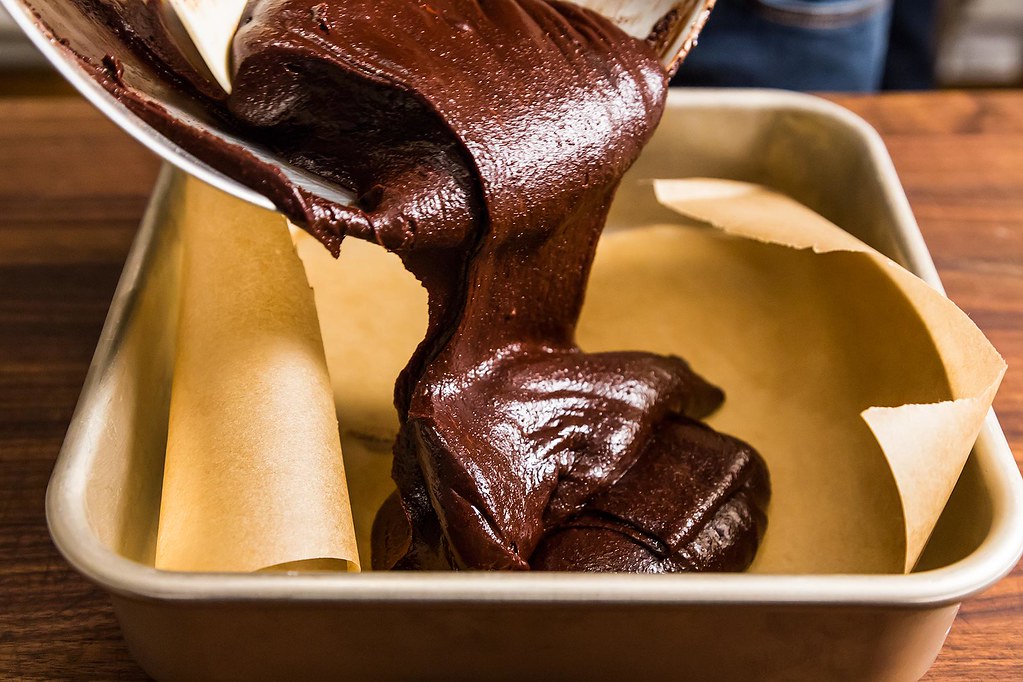
<img width="1024" alt="" src="https://farm9.staticflickr.com/8376/8499141222_7bfce9e77e_b.jpg" class="article-body-image"/>
2. Mix it up.
When a recipe calls for solid chocolate, it needs to be melted. Do this however you prefer: over a double boiler, in the microwave, what have you. The most important thing is that you let the melted chocolate cool before you add the remaining ingredients. Don’t be shy — stick your (clean) finger in that chocolate to test the waters. If it feels noticeably hot or warm, it’s too warm. If it feels sort of like nothing, that means it’s hovering around your body temperature and it’s good to go. Basically, you want the chocolate to be warm enough that it aids in dissolving the sugar (especially important for fudgy and chewy brownies), but not so hot that it will scramble/curdle the eggs when they are added to the mix. Cakey brownies are often mixed using the creaming method (just like cake!), so prepare to get out the mixer for those recipes. Otherwise, all you need is a heat-safe bowl (for melting the chocolate) and a wooden spoon.
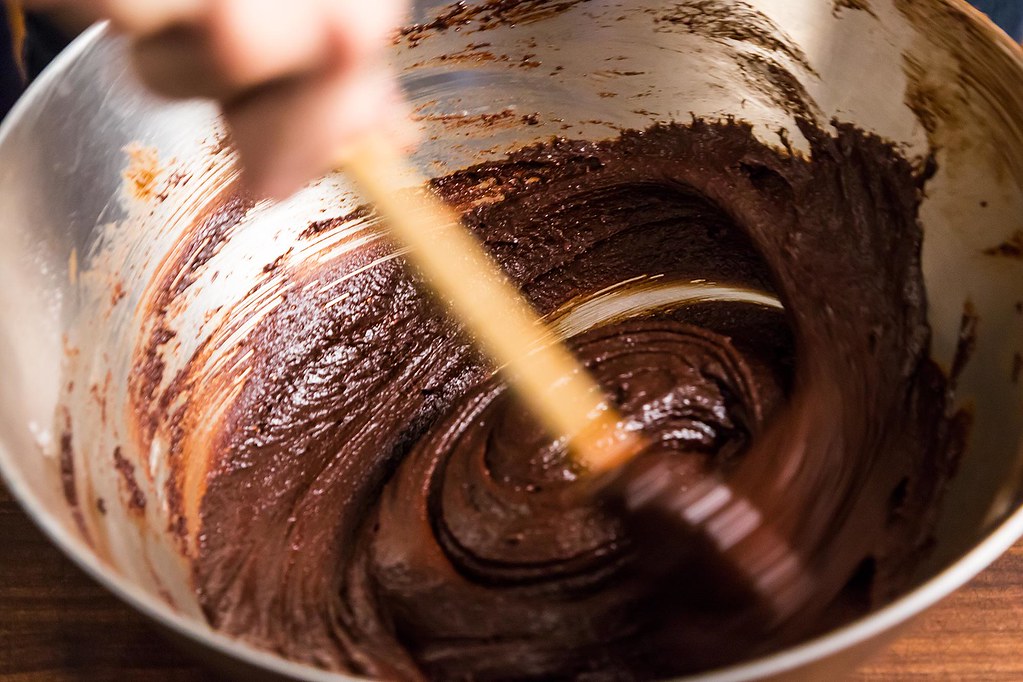
<img width="1024" alt="" src="https://farm9.staticflickr.com/8387/8499141446_fbc6cab635_b.jpg" class="article-body-image"/>
3. Mix-in and add-on.
Brownies can be flavored and accentuated with just about anything. Mix-ins can include nuts, cocoa nibs, chocolate chunks, and candy. A recipe for a standard 9 x 9 pan can handle 1/2 to 3/4 cup of any mix-in you desire; a 9 x 13 pan can handle about 1 cup. For soft ingredients like jam, peanut butter, cream cheese, and caramel, I like to add them to the top and/or swirl them in. For a 9 x 9 pan, start with 1/2 cup; for a 9 x 13 pan, stick to 1 cup.

4. Check for doneness.
Brownies are one item that I’m a stickler about over or under baking because they can change drastically in a matter of moments. I always recommend checking brownies about halfway through baking. Stick a toothpick into the center and see how they are firming up. Brownies “carry-over bake” quite a bit (meaning that they’ll continue to cook after you take them out of the oven), and those with an extremely high quantity of chocolate will “set up” a bit as they cool. Basically, it’s normal to take the brownies out even a few minutes before you feel that they are fully done.
When checking your brownies for doneness, you’re aiming to catch the precise moment when crumbs stick to your toothpick (actual crumbs, not deliciously goopy batter) and are clumpy and quite moist. The moment you stick your toothpick into the center and nothing comes out, you’ve over baked. Never fear, they’re not burnt — the brownies are still totally edible (and make for awesome ice cream sundaes), but when you’re searching for the perfectly moist brownie (whatever your favorite kind is), look for those clumpy, moist crumbs. Then take your brownies out of the oven, and let them cool completely before cutting.
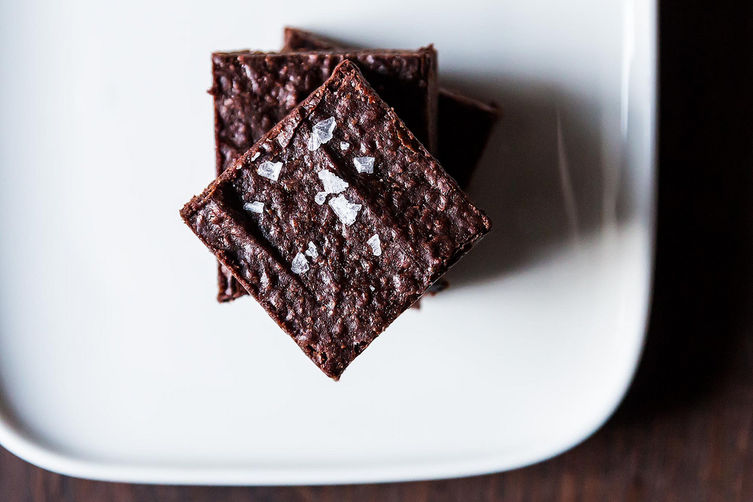
Basic Fudgy Brownies
Makes one 9 x 9-inch pan
- 1/4 cup unsalted butter
- 1/4 cup vegetable oil
- 8 ounces semisweet chocolate
- 1/2 cup sugar
- 1/2 cup brown sugar
- 3 eggs, lightly whisked to combine
- 2 teaspoons vanilla extract
- 2/3 cup all-purpose flour
- 1/2 teaspoon salt
See the full recipe (and save and print it) here.
First photo by Erin McDowell, all others by James Ransom and Mark Weinberg
Are you a cakey, chewy, or fudgy person? Share with us (but try to control your temper).